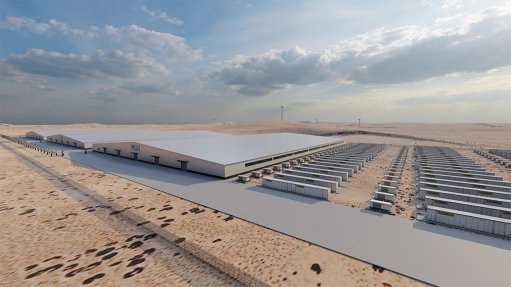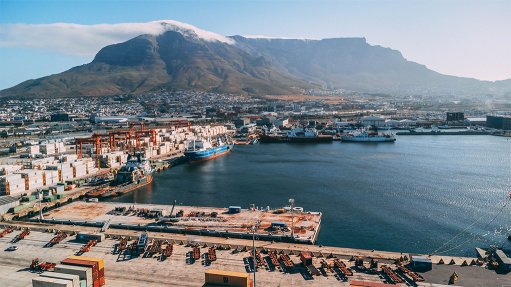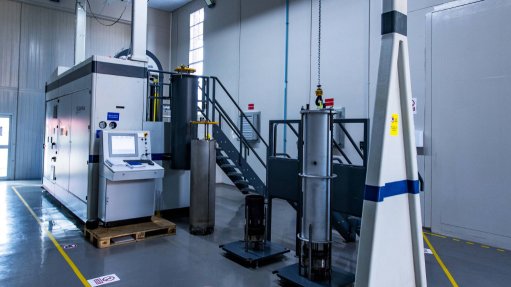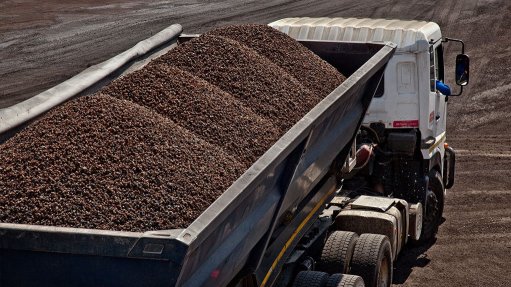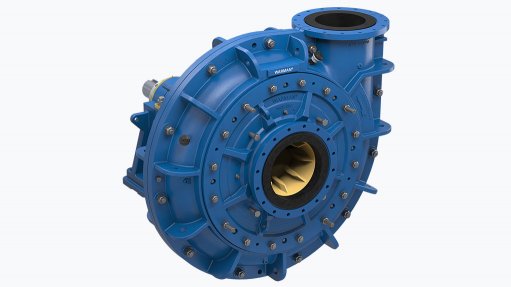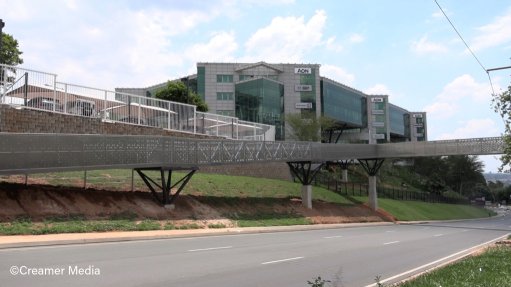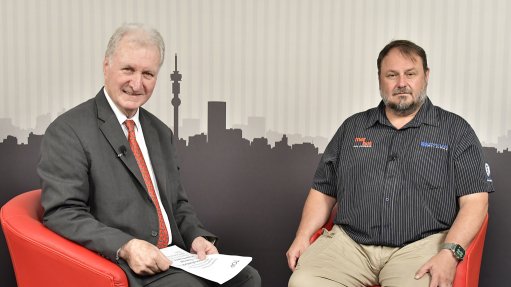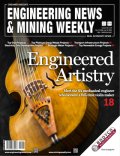Weba Chute Systems drive down dust transmission in bulk materials handling

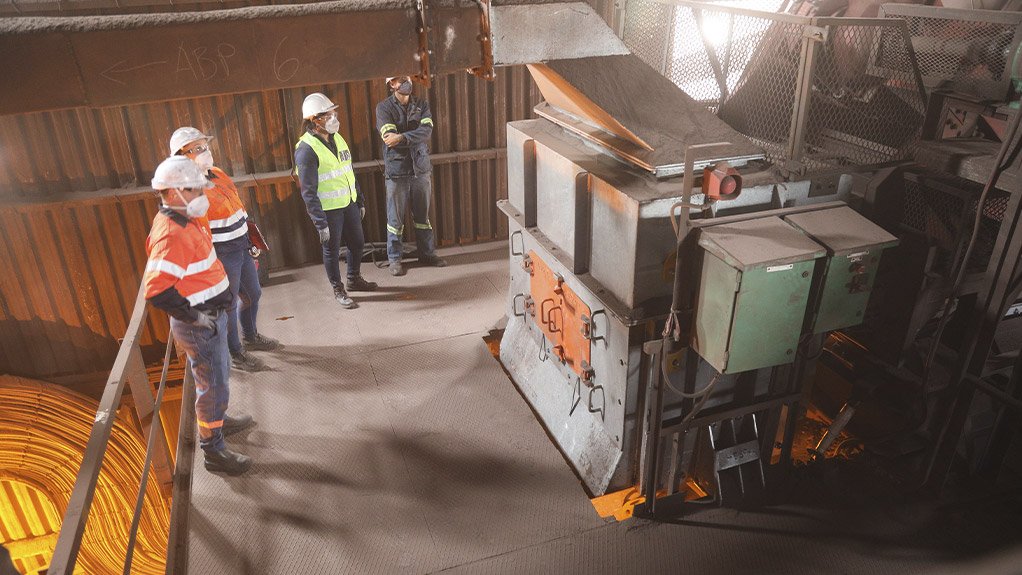
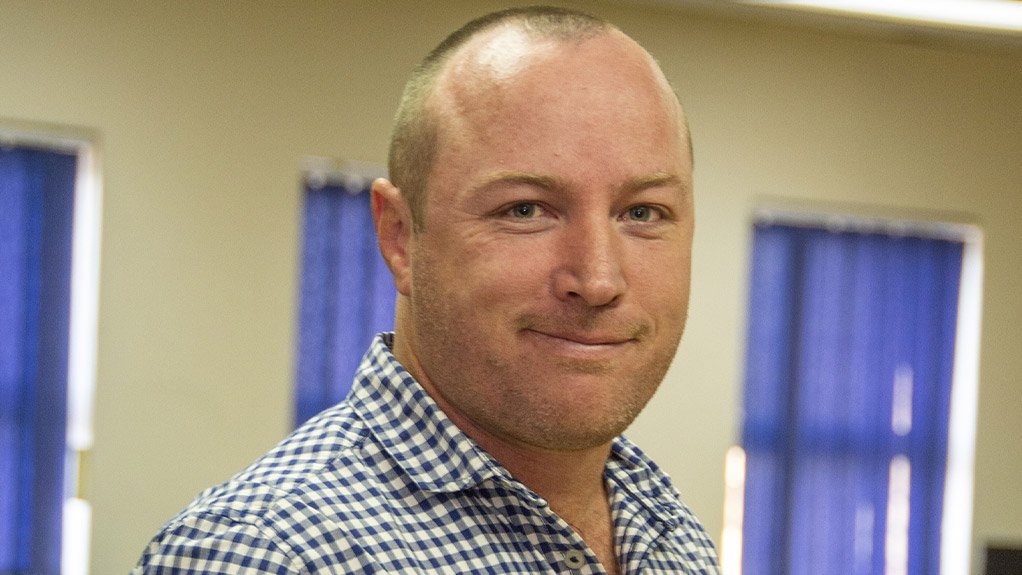
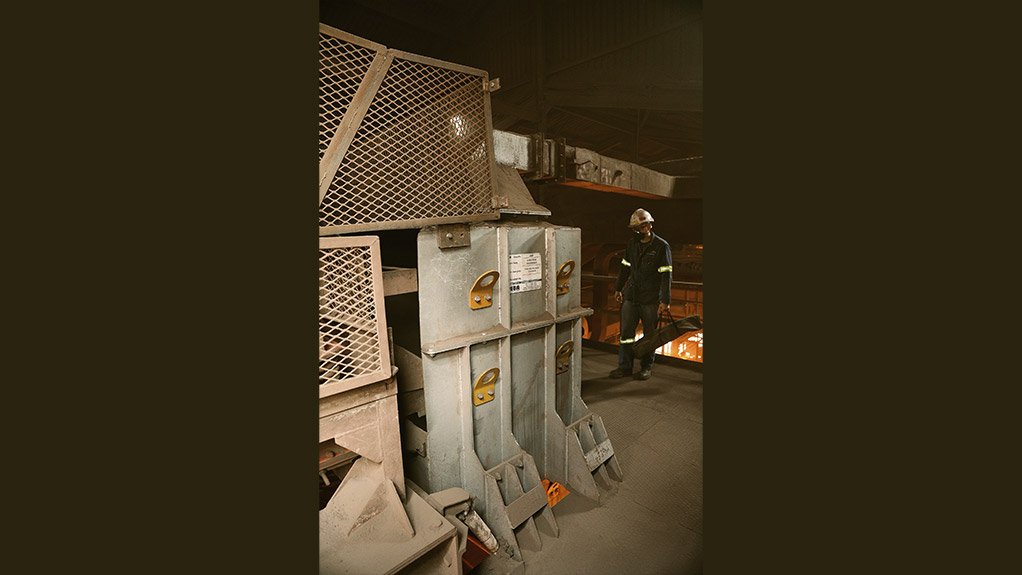
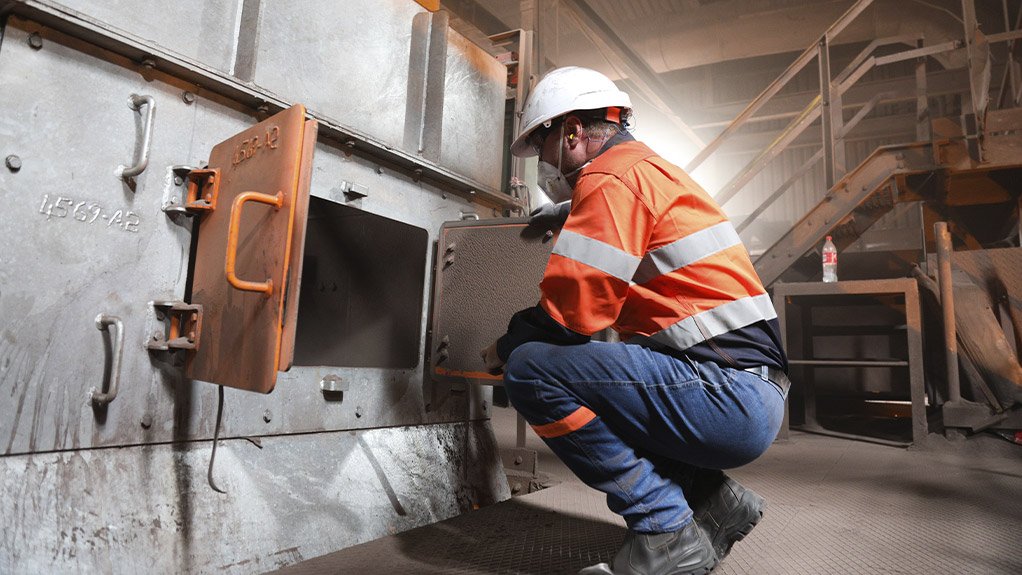
At this steel plant, a Weba transfer chute is shown managing heavy material flow while effectively lowering dust emissions in a demanding environment
Weba Chute Systems’ Technical Director, Dewald Tintinger, underlines the importance of chute design in achieving dust suppression and sustained operational performance
This Weba screen oversize-to-conveyor chute installation demonstrates how advanced flow control and sealing methods reduce dust, spillage and excessive wear at a steel plant
The installation of this Weba screen oversize-to-conveyor chute highlights the company’s tailored approach to creating dust-mitigated transfer solutions for steel plant operations
Dust generation has long been a critical challenge in bulk materials handling, with significant implications for safety, health and environmental compliance. Weba Chute Systems, a leading specialist in custom-engineered transfer point solutions, has positioned its technology as a proven way to dramatically reduce dust transmission while simultaneously improving operational efficiency.
Dust - More Than Just a Nuisance
In industries such as mining, power generation, cement and ports, dust is more than a simple housekeeping concern. Airborne dust creates serious health risks for workers, contributes to environmental pollution and can trigger regulatory penalties when emissions exceed permissible levels. Dust also increases maintenance requirements, shortens equipment life and can even create safety hazards such as reduced visibility or combustible atmospheres.
“These are not minor inconveniences,” notes Dewald Tintinger, Technical Director at Weba Chute Systems. “Dust impacts the health of employees, the lifespan of equipment and the company’s environmental footprint. Left unchecked, it can cost operations heavily - both financially and reputationally.”
These challenges have intensified with stricter environmental regulations globally and a growing focus on sustainable operations. Companies are under pressure not only to comply with legislation but also to improve their ESG performance. Weba Chute Systems’ transfer point solutions are helping operators address these concerns head-on.
Engineered Chutes That Control Flow
At the heart of Weba Chute Systems’ dust-reduction capability lies its fundamental design philosophy - controlling the flow of material. Traditional chute systems often allow material to free-fall, leading to uncontrolled impact, turbulence and the generation of dust clouds. By contrast, Weba Chute Systems are engineered to control both the velocity and direction of material flow.
“The principle is simple,” Tintinger explains. “If you reduce impact and turbulence, you reduce the energy that causes particles to become airborne.” By carefully directing material onto the conveyor in a streamlined manner, dust generation is drastically curtailed.
“Our designs are not generic. Every transfer point is engineered to suit a customer’s specific conditions, so the system works with the material rather than against it,” he adds.
Lining and Sealing for Dust Containment
A further feature of Weba’s design is the effective sealing of the chute system. Engineered with wear resistant liners and designed with attention to transfer geometry, the chutes prevent dust from escaping into surrounding areas. Where needed, dust suppression or extraction systems can be integrated seamlessly into the chute design, ensuring compliance with the most stringent emission standards.
Weba Chute Systems’ in-house design team uses the latest simulation software, including discrete element modelling (DEM), to predict material behaviour inside the chute. This allows the company to optimise liners, flow paths and sealing systems before manufacturing begins. The result is a custom-engineered solution that not only contains dust but also minimises spillage and wear.
“Our DEM capability gives us a powerful window into how the material will behave,” Tintinger points out. “We can predict dust issues before they occur and design them out of the system – that is a real gamechanger.”
Efficiency and Environmental Gains
Reducing dust transmission is not just about compliance; it also improves the bottom line. Dust that escapes into the air represents a loss of valuable product. By containing material more effectively, Weba Chute Systems help customers improve throughput and reduce waste.
At the same time, less dust means reduced wear on conveyor components, lower cleaning and maintenance requirements and safer working environments. These gains contribute directly to operational efficiency and sustainability.
“As much as dust control is a health and safety imperative, it is also a cost issue,” says Tintinger. “Every ton of material lost to dust is revenue gone. By addressing dust, we protect both people and profits.”
Proven Success Across Industries
Weba Chute Systems’ dust-control solutions are in operation across a range of industries and commodities from mines to power stations, cement plants and other bulk handling facilities. Each system is custom engineered for its specific application, taking into account the type of material, the rate of flow, particle size and environmental requirements.
In ports and loading terminals, where dust emissions are highly visible and subject to strict monitoring, the systems ensure compliance while maintaining fast loading rates.
“Whether it is in large scale port operations or on a mine, the principle is the same,” Tintinger says. “Control the flow, contain the dust and you achieve safer, cleaner, more efficient operations.”
Commitment to Innovation
With decades of experience and thousands of installations globally, Weba Chute Systems continues to invest in innovation. Its dedicated research and development team works constantly to refine designs, enhance materials and explore new methods of dust suppression.
The company’s approach is not limited to the initial installation. Weba Chute Systems provides ongoing inspection and maintenance services to ensure systems continue to perform optimally over their lifetime. Customers benefit from reliable transfer points that remain compliant and efficient long after commissioning.
Tintinger says that as industries move towards more sustainable, responsible and efficient operations, dust control has become an imperative rather than an option. “Our engineered transfer points provide a holistic solution, reducing dust transmission, enhancing safety, safeguarding the environment and improving efficiency,” he says.
“By addressing dust at its source - within the transfer point itself - we help operators move beyond reactive measures and achieve proactive control. This not only ensures regulatory compliance but also delivers lasting value to both business and society,” Tintinger concludes.
Article Enquiry
Email Article
Save Article
Feedback
To advertise email advertising@creamermedia.co.za or click here
Comments
Announcements
What's On
Subscribe to improve your user experience...
Option 1 (equivalent of R125 a month):
Receive a weekly copy of Creamer Media's Engineering News & Mining Weekly magazine
(print copy for those in South Africa and e-magazine for those outside of South Africa)
Receive daily email newsletters
Access to full search results
Access archive of magazine back copies
Access to Projects in Progress
Access to ONE Research Report of your choice in PDF format
Option 2 (equivalent of R375 a month):
All benefits from Option 1
PLUS
Access to Creamer Media's Research Channel Africa for ALL Research Reports, in PDF format, on various industrial and mining sectors
including Electricity; Water; Energy Transition; Hydrogen; Roads, Rail and Ports; Coal; Gold; Platinum; Battery Metals; etc.
Already a subscriber?
Forgotten your password?
Receive weekly copy of Creamer Media's Engineering News & Mining Weekly magazine (print copy for those in South Africa and e-magazine for those outside of South Africa)
➕
Recieve daily email newsletters
➕
Access to full search results
➕
Access archive of magazine back copies
➕
Access to Projects in Progress
➕
Access to ONE Research Report of your choice in PDF format
RESEARCH CHANNEL AFRICA
R4500 (equivalent of R375 a month)
SUBSCRIBEAll benefits from Option 1
➕
Access to Creamer Media's Research Channel Africa for ALL Research Reports on various industrial and mining sectors, in PDF format, including on:
Electricity
➕
Water
➕
Energy Transition
➕
Hydrogen
➕
Roads, Rail and Ports
➕
Coal
➕
Gold
➕
Platinum
➕
Battery Metals
➕
etc.
Receive all benefits from Option 1 or Option 2 delivered to numerous people at your company
➕
Multiple User names and Passwords for simultaneous log-ins
➕
Intranet integration access to all in your organisation










